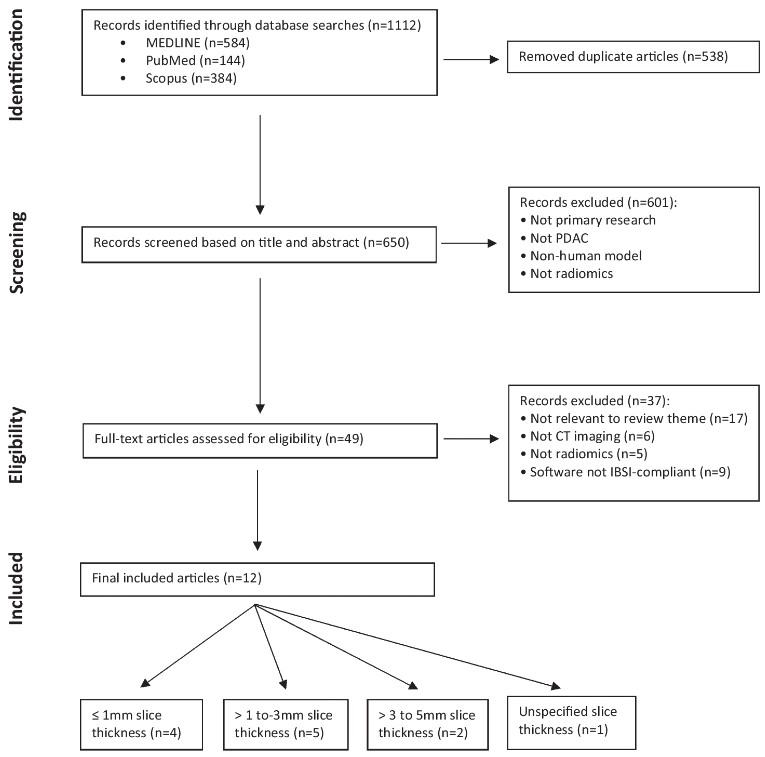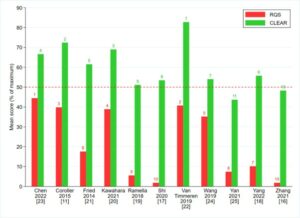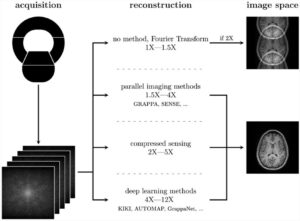Over a decade in the making, the novel concept of radiomics has been silently brewing, promising to reshape the landscape of personalised and precision medicine. So, why has radiomics not made its clinical debut yet, despite its innovative and logical approach? The answer lies in the intricate world of advanced computation that forms the basis of radiomics, which in essence is a form of imaging texture extraction that is not feasible with the naked human eye. Yet, as with any breakthrough novelty and hype, new standards and guidelines are required to sort through and streamline the harmonious chaos of researchers and software developers for radiomics to become clinically applicable. While initial consensus international guidelines exist [1-3], the intricate nature of the task demands more detailed standardisation to build trust among clinicians, scientists, and consumers.
Pancreatic ductal adenocarcinoma (PDAC) is one of the few diseases that has maintained a dismal prognosis despite decades of laboratory and medical research efforts [4]. Given the complexity of PDAC, a radiomic approach holds promise. However, our systematic review uncovered a wild diversity in published research methodologies. Out of 650 articles, a mere 12 (1.8%) met the search inclusion and exclusion criteria, and among these 12, compounding challenges, such as the diversity in research questions and cohort characteristics, led to non-comparable outcome results.
Our article offers a pragmatic guide for robust radiomic research. By critically evaluating essential methodology steps, we present a case-based framework that is generalisable and applicable to various diseases. This rigor is paramount for reproducible and impactful radiomics results. With the potential to shape the future of precision and personalised medicine, radiomics could well become the new standard of care – provided we get it right.
1. Zwanenburg A, Vallieres M, Abdalah MA et al (2020) The Image Biomarker Standardization Initiative: Standardized Quantitative Radiomics for High-Throughput Image-based Phenotyping. Radiology 295:328-338
2. Kocak B, Baessler B, Bakas S et al (2023) CheckList for EvaluAtion of Radiomics research (CLEAR): a step-by-step reporting guideline for authors and reviewers endorsed by ESR and EuSoMII. Insights Imaging 14:75
3. van Timmeren JE, Cester D, Tanadini-Lang S, Alkadhi H, Baessler B (2020) Radiomics in medical imaging-“how-to” guide and critical reflection. Insights Imaging 11:91
4. Sung H, Ferlay J, Siegel RL et al (2021) Global Cancer Statistics 2020: GLOBOCAN Estimates of Incidence and Mortality Worldwide for 36 Cancers in 185 Countries. CA Cancer J Clin 71:209-249
Key points
- Current state of radiomics research in pancreatic cancer shows low software compliance to the Image Biomarker Standardisation Initiative (IBSI).
- IBSI-compliant radiomics studies in pancreatic cancer are heterogeneous and not comparable, and the majority of study designs showed low reproducibility.
- Improved methodology and standardisation of practice in the emerging field of radiomics has the potential of this non-invasive imaging biomarker in the management of pancreatic cancer.
Authors: James Alex Malcolm, Mark Tacey, Peter Gibbs, Belinda Lee & Hyun Soo Ko













